Among history buffs and archaeology lovers, Algeria is very famous. The obvious reason is that it is known for housing the treasure of heritage sites. Be it Al Qal’a of Beni Hammad or Djemila or Timgad – the city of Roman ruins. You will find a UNESCO Heritage Site loaded with cultural and historical significance at every corner of this country. M’Zab Valley is the perfect example of this kind of Heritage Site. This heritage locality is flourished with cultural values with distinct history and architecture.
Let’s know more about MʾZab Valley and its attractive towns is brief so that you can plan a heritage tour.
Know M’Zab Valley in Brief
M’Zab is an endangered oasis of heritage towns residing in the heart of the Algerian Sahara desert, Algeria. When you see this valley from the top it looks likes a protective wall and yes it is true as well. This valley has five towns that are together known as Pentapolis.
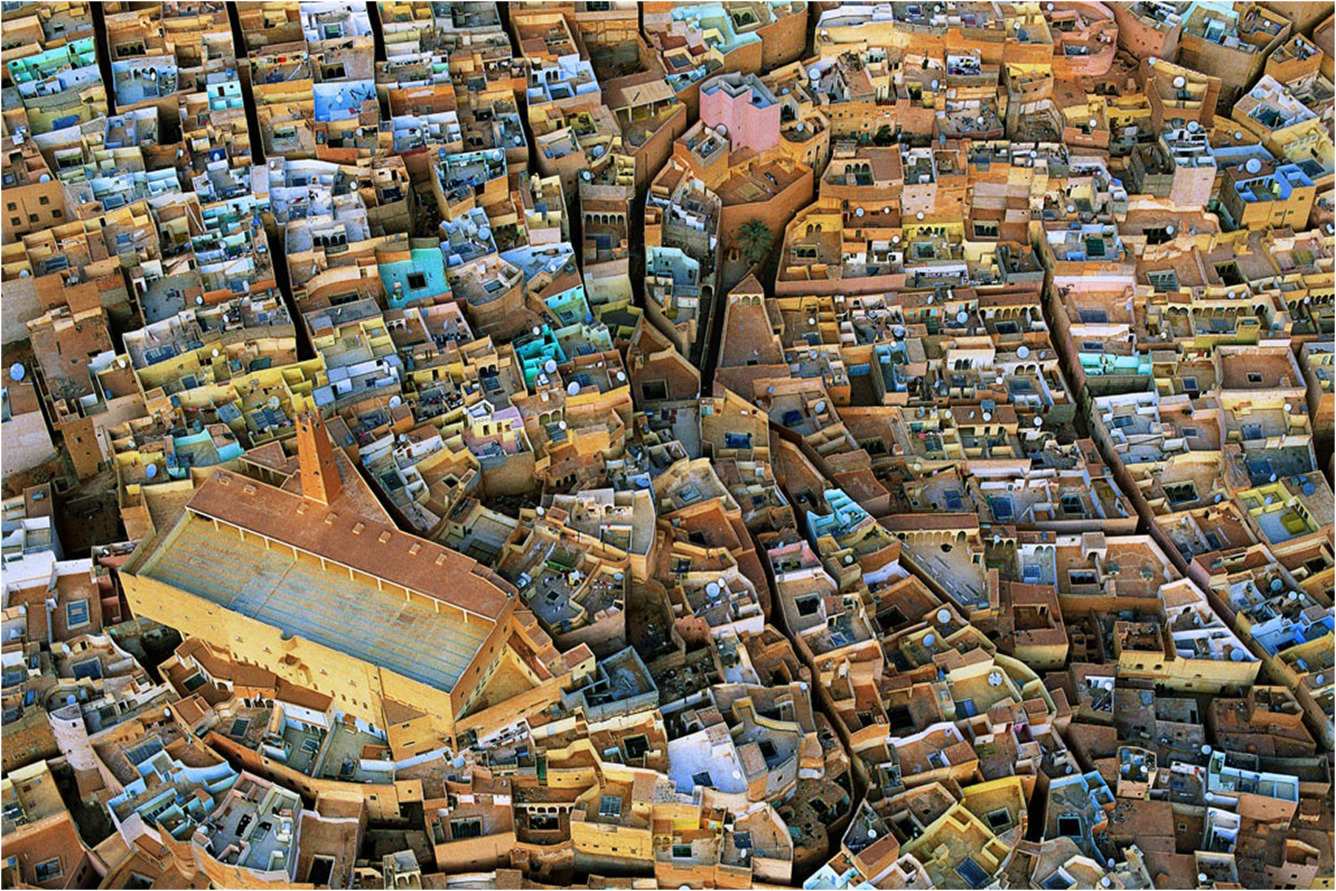
These five walled towns are spread along the valley over a distance of about 10 km and were established in the 11th century by Mozabite Berbers. Mzab is actually a sandstone plateau based primarily on the Wad Mzab (Oued Mzab) valley.
Also Read: Know About the Ancient Roman Village of Algeria – Djemila
Who are the Mozabites?
Mozabites are an ethnic Berber group of people that lives in northern Algeria’s M’zab natural region. They speak Mozabite (Tumabt), a Zenati language from the Berber family of Afroasiatic languages. The majority of Mozabites are Ibadi Muslims.
Who Built the Fortified Towns?
The Mozabites were original from Northwest Africa, a region historically known as the Maghreb, who had their capital at Tahert. When a devastating fire destroyed their home in 909, the Mozabites left Tahert and settled in M’Zab valley. They built five fortified towns each a miniature citadel surrounded by walls and dominated by a mosque, whose minaret acts as a watchtower.
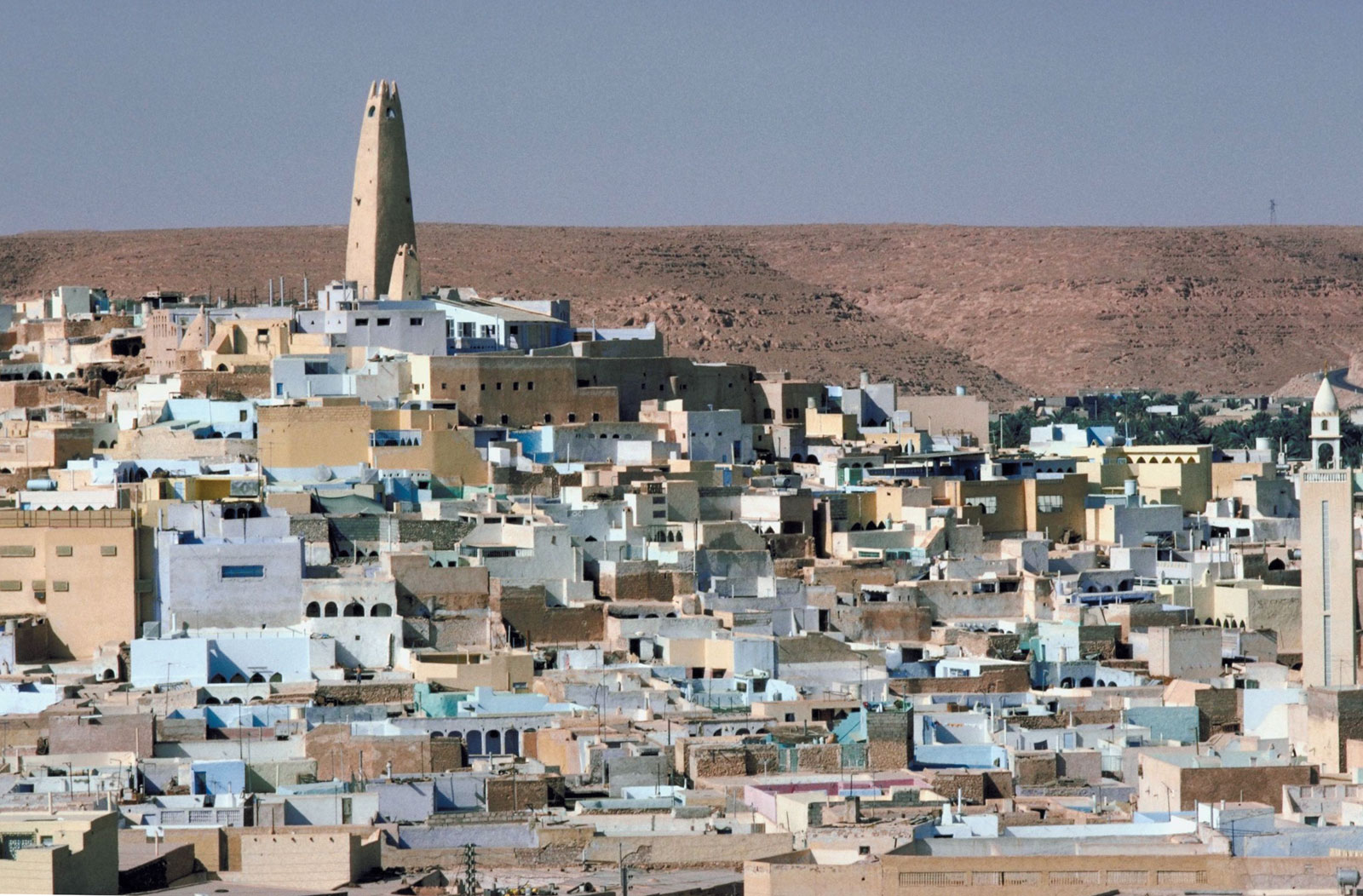
The 5 towns (ksour) which were established by Mozabites at M’Zab valley in the early 11th century are as follows:
- Al-Atteuf was established in 1011
- Bou Noura in 1046
- Ghardaïa is the main city and it was established in 1053
- Beni Isguen in 1124
- Melika in 1347
Architectural Descriptions of Valley
The Ibadi’s left to the desert and built their cities entirely out of stone. They transformed it into heaven. They were free to worship and flourish in their own beliefs, free from outside interference. This collection of five small cities is frequently highlighted as an example of unique architecture and urbanism, adapted to semi-arid environments but rooted in spiritual, cultural and ethical concepts above all.
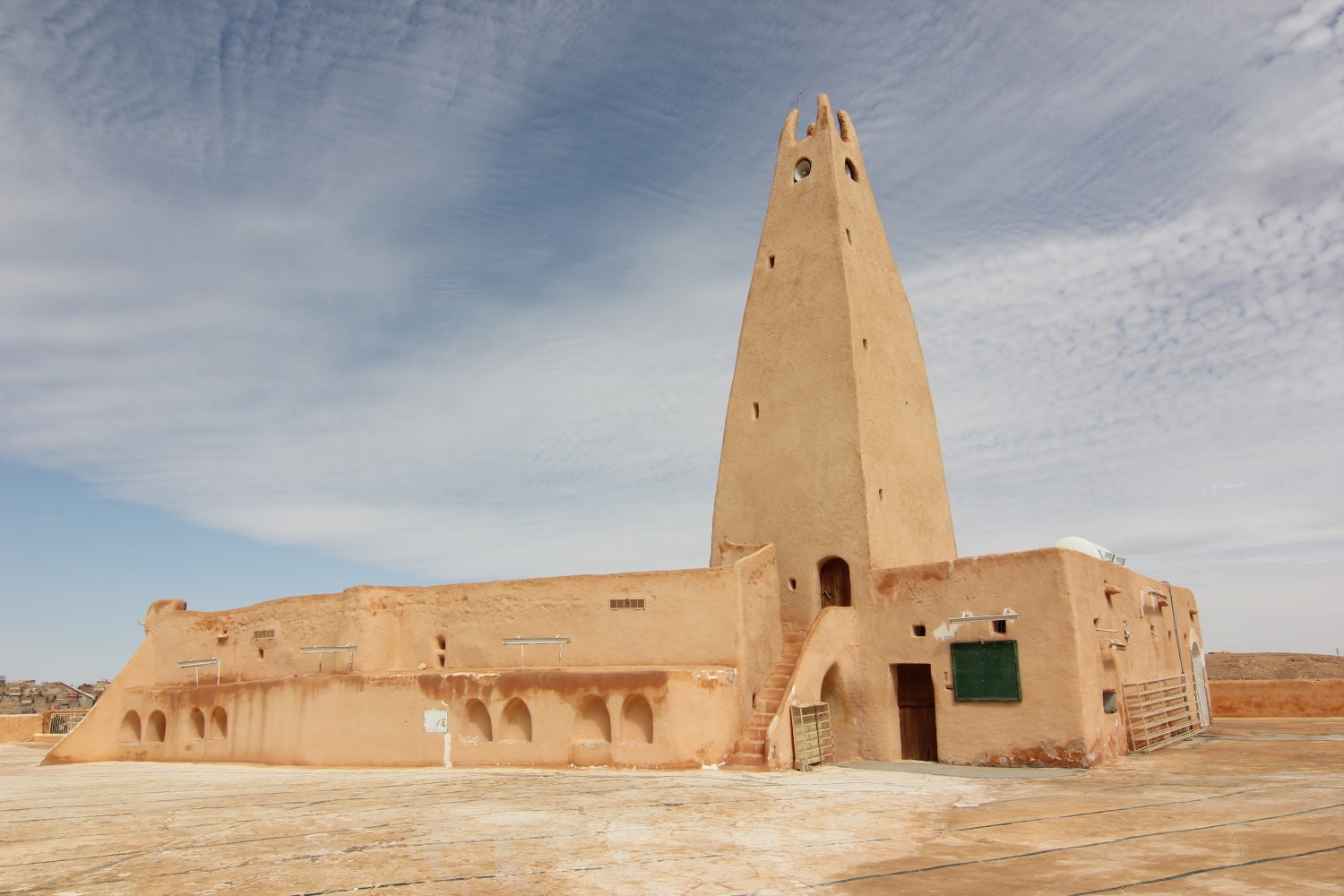
The Mzab architectural style is Libyan-Phoenician in origin, more especially Berber in origin and has been copied throughout the Sahara. In 1982, the UNESCO World Heritage Site of the Mzab Valley was designated as an intact example of traditional human habitat perfectly adapted to the environment.
Also Read: Uncover Timgad – A Heritage City in the Aurès Mountains of Algeria
Highlights of M’Zab Valley
Taking about the castles, they contain a fortress-like mosque with a lookout in the minaret. Around the mosque, standard-sized and-type houses were built in concentric circles. The M’zab villages were built with just communal living in mind, while also respecting family privacy.
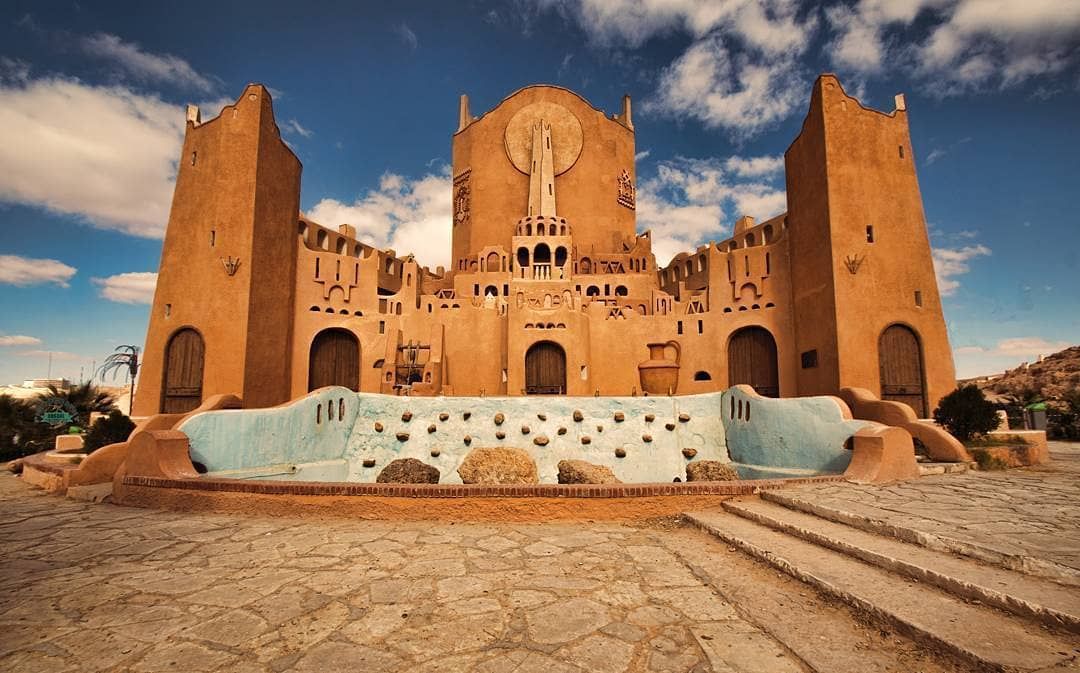
The Clay Palace in Ghardaia town of M’Zab valley fascinates tourists a lot. You will also notice that each section buries its dead in its own place thus the M’zab valley has multiple cemeteries. The burials are unmarked and without inscriptions.
Talking about the Mélika, it is located near the Sidi Assa’s tombs, this is another attraction for you in this amazing heritage site. They are made of white limestone and are designed in vernacular architecture. Check out this eye-catching spot at Mzab valley.
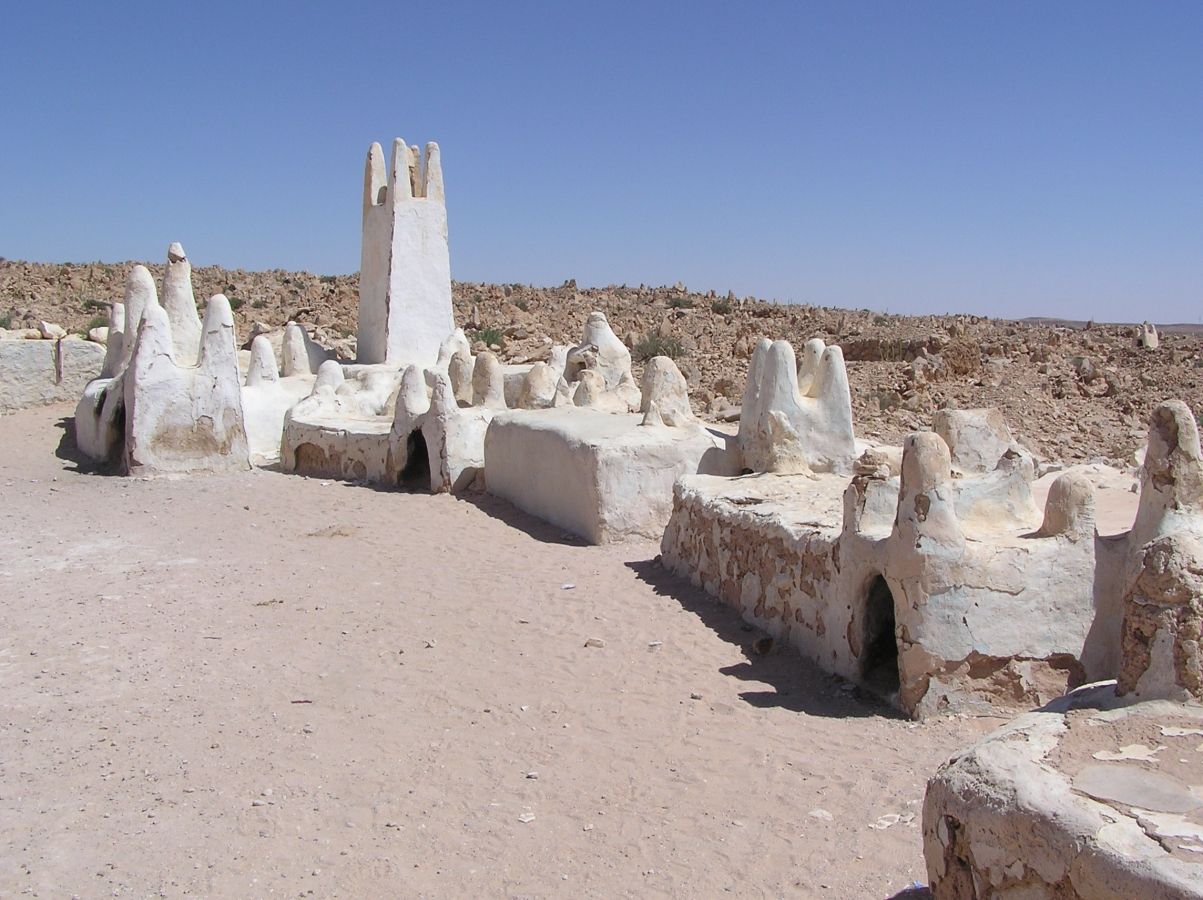
It’s interesting to observe how diverse the souks of Ksour are! Currently, when you visit the markets, you’ll see a mixture of Arabs and Africans from all around the world mingling with local people.
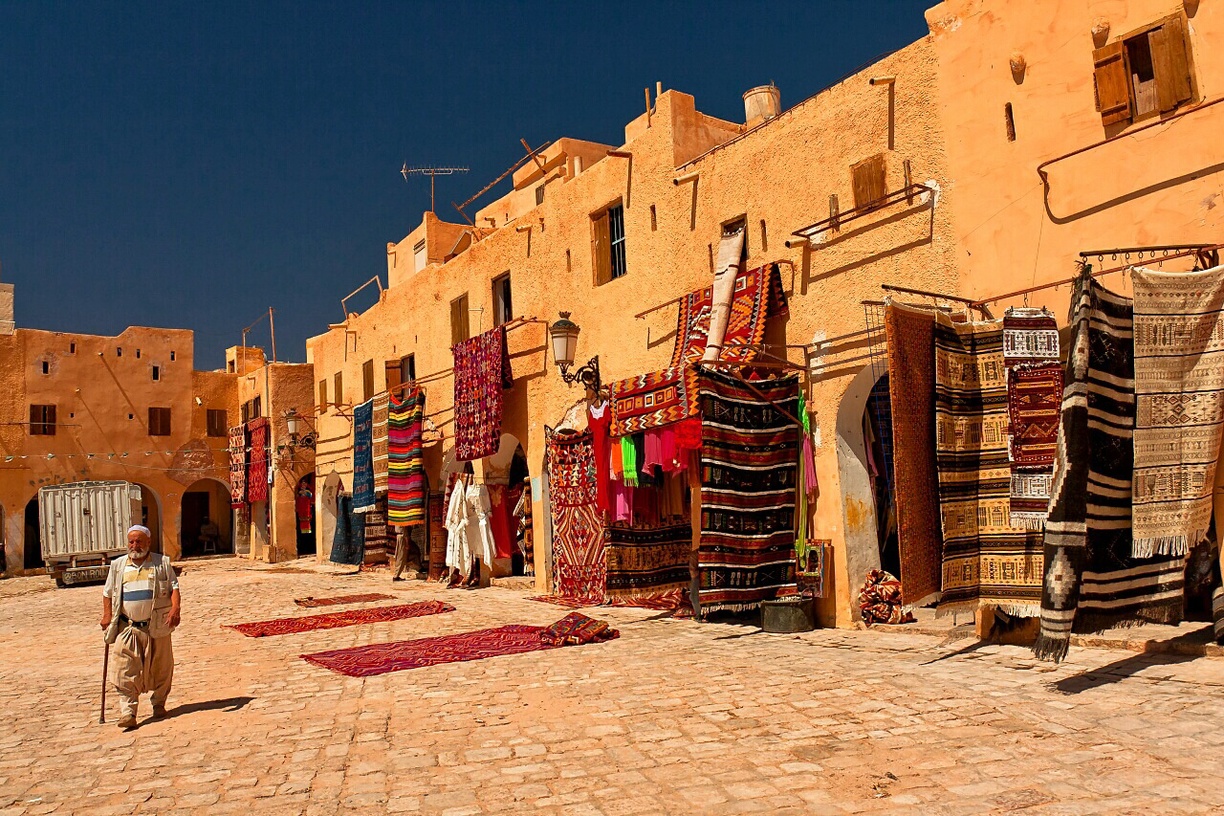
Unlike the classical pattern of Islamic cities, they all have souks that are far from the great mosque and near the gates of the cities to control access to the ksour.
For reaching the Mzab valley you have to take a flight from Constantine to Ghardaïa via Algiers.
Concluding Words
The Pentapolis of M’zab Valley actually the whole area was designated as a UNESCO World Heritage Site in December 1982. And since then it is promoting the tourism of Algeria as a heritage site. But after the declaration, the ksour/towns have deteriorated due to the spread of unplanned structures and modifications. On June 4, 2005, the Algerian government issued a proclamation creating a protected area border as a regulatory action. The Ministry of Culture and the Wilaya (province) of Ghardaa launched a conservation and enhancement plan in 2007.
But above of the conservation and planning if you want this visit this town then be prepared for strong political orders. Keeps all the safety measures and medical aid to save yourself from the sandstone and scorching sun.
Also Read: Jesuit Block And Estancias of Cordoba – A Remote Heritage Site

